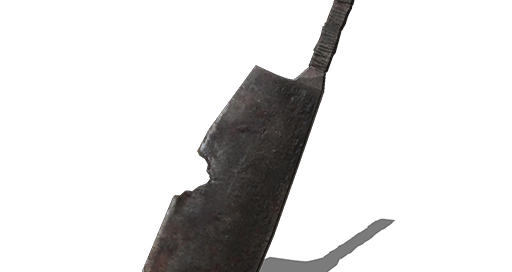Cutting Onions & Feeling The World
Imagine getting a new kitchen knife. You will balance it in your hand, appreciate its weight and admire its sharp blade. When you use it the first time you will be very careful and try to figure out its balance and how to apply force in a safe way while cutting a carrot. Over time, your grip will become more sure. You will get faster with it. You will have learned the intricacies of this particular knife. The information will be stored in what we often call muscle memory because it will feel like your hand remembers, not your head. Learning new things is an act of exploration and comes from interacting with them. The knife, with its delicate balance, gives you feedback that helps with learning. Its weight and inertia help you to predict how much force to use and in what angle. You can’t learn to use the knife from looking at it. You can’t learn to use the knife from reading about it. You don’t have to go through a training regime to learn how to use the knife. You interact with it, an inquiry of its physical properties. And you don’t have to remember its properties because it has those. It stores part of the information you need for using it in its material form.
Playing games is learning. We often associate learning with teaching but that’s just because a lot of learning was standardised and institutionalised. In games, learning takes the form of exploring the possibilities at hand. The form of an experiment, of doing for the sake of knowing. While a tutorial might explain the basic rules of the game, the implications of actions as well as their connections have to be learned by challenging those rules over and over again. The finer details of interaction also only become visible over time. You get a new knife in a game – let’s call it “The Crass Carcass Cleaver”. It’ll slice off heads very nicely. In order to get the timing right and to figure out the maximum distance you can keep enemies away before they hit you more than you hit them, you will have to confront them. The same is true for confrontations with onions in your kitchen. Over time, the virtual and the real knife will become extensions of your body and the onion rings you can cut with them will be so thin you can read a newspaper through them. The moment the cleaver breaks, though, will make you cry. You can blame the onion rings but we’re still arriving at the topic of feelings.
Feelings, too, are created together with the world around us. On their most basic level, which is usually called affect, they are mostly happening as a result of the relation between how we expect a situation to pan out and what actually happens. It drags us down more if our beloved knife breaks unexpectedly than if we can prepare for its ruin. It makes us happy to pull off a spectacular move with it, especially if we were hoping for it to happen but unsure whether we could pull it off. Emotions as a whole are a lot more complicated but here is a great book for you if you want to dig deeper.
Our thinking, as human beings, is constantly shaped by our emotional inner landscape. We’re not rational creatures with emotions, we’re emotional creatures that now and then are able to hold a rational thought. Or, as Hadas Okon-Singer formulates it:
So, all in all, our brains and our bodies are constantly feeding back information, in reflection of the outside world. We are creatures in constant inner motion and our cognition is shaped by interacting with the world. Games can consciously tap into this. As systems that challenge the brain as well as the heart, understanding how these body parts are connected opens up new possibilities.
While our VITRIOL is a brainy game, it also tells a story. We hope to basically tap into your emotional brain regions via crossword puzzles. And we think that makes sense but once the game is in your hands you will be able to judge how you feel about it. For today, let’s stop here. Feel free to use your sharpest knife to cut some onions now. We will get back to how games feel at another time.





